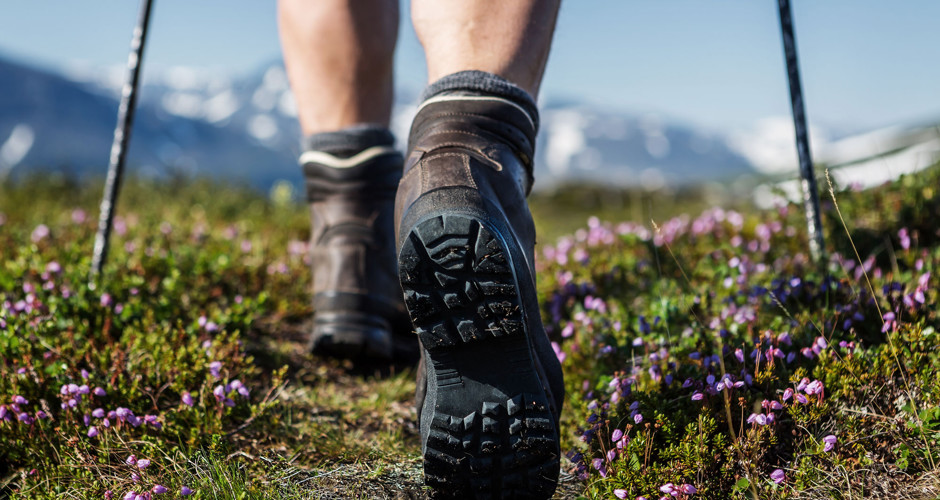How to Prevent Blisters
As a runner, hiker or anyone participating in sport, there is nothing worse than having your day ruined by a blister or blisters. It’s amazing how nasty and painful something so small and seemingly insignificant can feel.
A blister will form if there is a high friction area, usually between your socks or shoes and your feet. This intense rubbing causes a bodily response in which fluid builds up between the epidermis, or outermost skin layer, and the layers below. The fluid will cushion and protect the tissues below. Blisters are typically filled with a clear liquid called plasma, but if any blood vessels have burst then you will get a blood blister. Should infection occur then the blister will be filled with pus. Here are a few ways to prevent blisters.
How to Prevent Blisters
Wear Properly Fitting Shoes
If you wear a shoe that is too big and allows the foot to slip front-to-back or side-to-side, the likelihood of blisters forming is greater. Conversely, a shoe that is too small where your toes hit the end of the shoe will often lead to blood blisters under your toenails with the end result of losing your toenails. Any type of foot deformity such as bunions, hammer toes or a Haglund’s bump will also increase the likelihood of blisters, so make sure your shoes are accommodative to these areas. A properly fitting shoe will allow a thumbs width of extra space between the end of your longest toe and the end of the shoe.
Wear Technical Socks
Cotton is absorbent, like a towel, and holds any sweat and moisture next to skin. On average, feet sweat approximately a cup a day. Wearing a moisture-wicking, or technical, sock can keep the feet nice a dry. Merino wool, bamboo, nylon and lycra are all moisture-wicking. Make sure your technical socks fit properly and don’t bunch up around the toes or at the heels.
Use Lubricant to Prevent Abrasion
Using BodyGlide or Sport Shield to lubricate the feet adds an additional barrier to prevent moisture build-up while still allowing the skin to breathe. Many people will use these products on other areas prone to chafing or blisters.
Tape Up
Some people will use bandages, Moleskin or tape as a preventative tool. These act to create a second protective layer. Most commonly used on longer hikes, it is important to re-apply daily and ensure the Moleskin or bandages have a high coefficient of friction to withstand incessant rubbing.
How To Treat Blisters
1. If it’s a small blister, just leave it. The outer layer of skin will act as protection against infection. The plasma within the blister will help new growth of the dermal, or skin, layers.
2. If it’s a large, painful blister, you will need to drain it. You must make sure wash your hands and sterilize a needle with alcohol. Don’t put the needle into a flame as the carbon can lead to infection. Carefully puncture the blister and slowly drain the fluid. Once it is drained, apply a snug-fitting bandage to prevent bacterial infection. Re-apply the bandage as needed until the skin heals up.
3. If you have severe blisters, or are uncertain of appropriate treatment, seek the help of a doctor or nurse.

Sorry, the comment form is closed at this time.